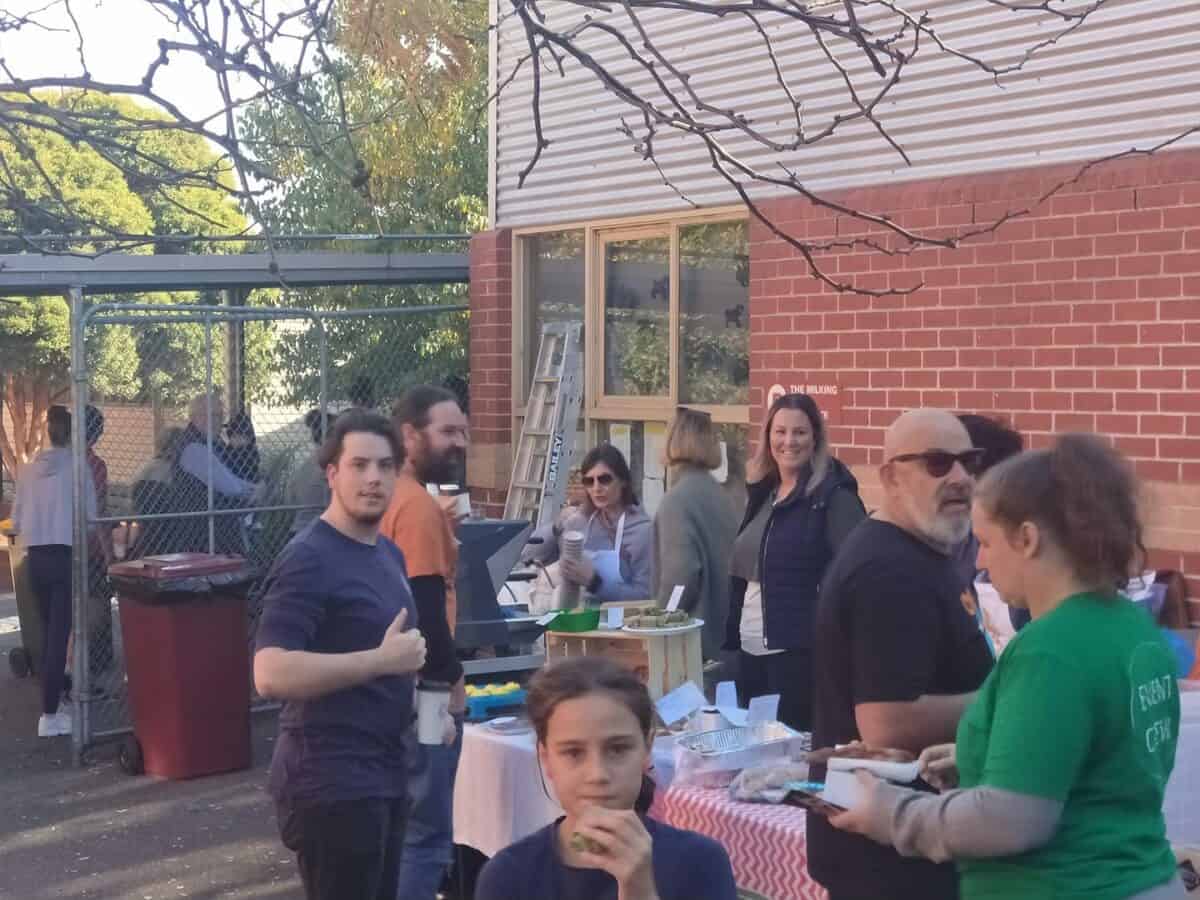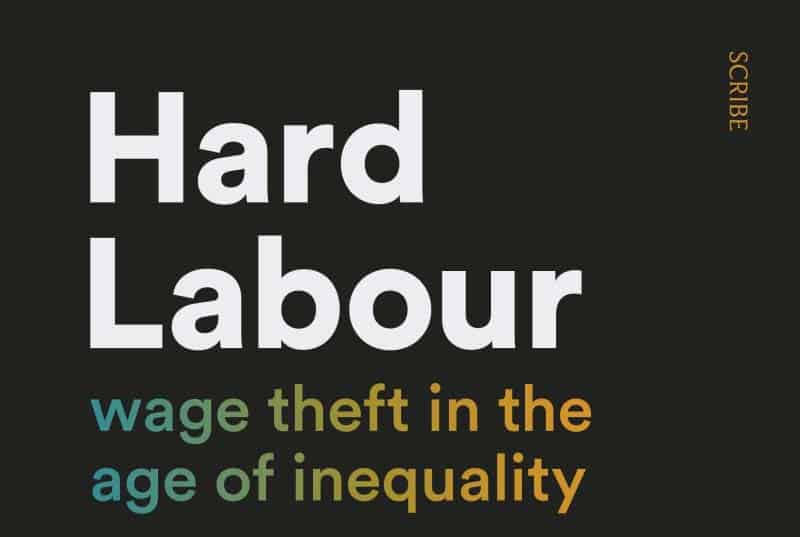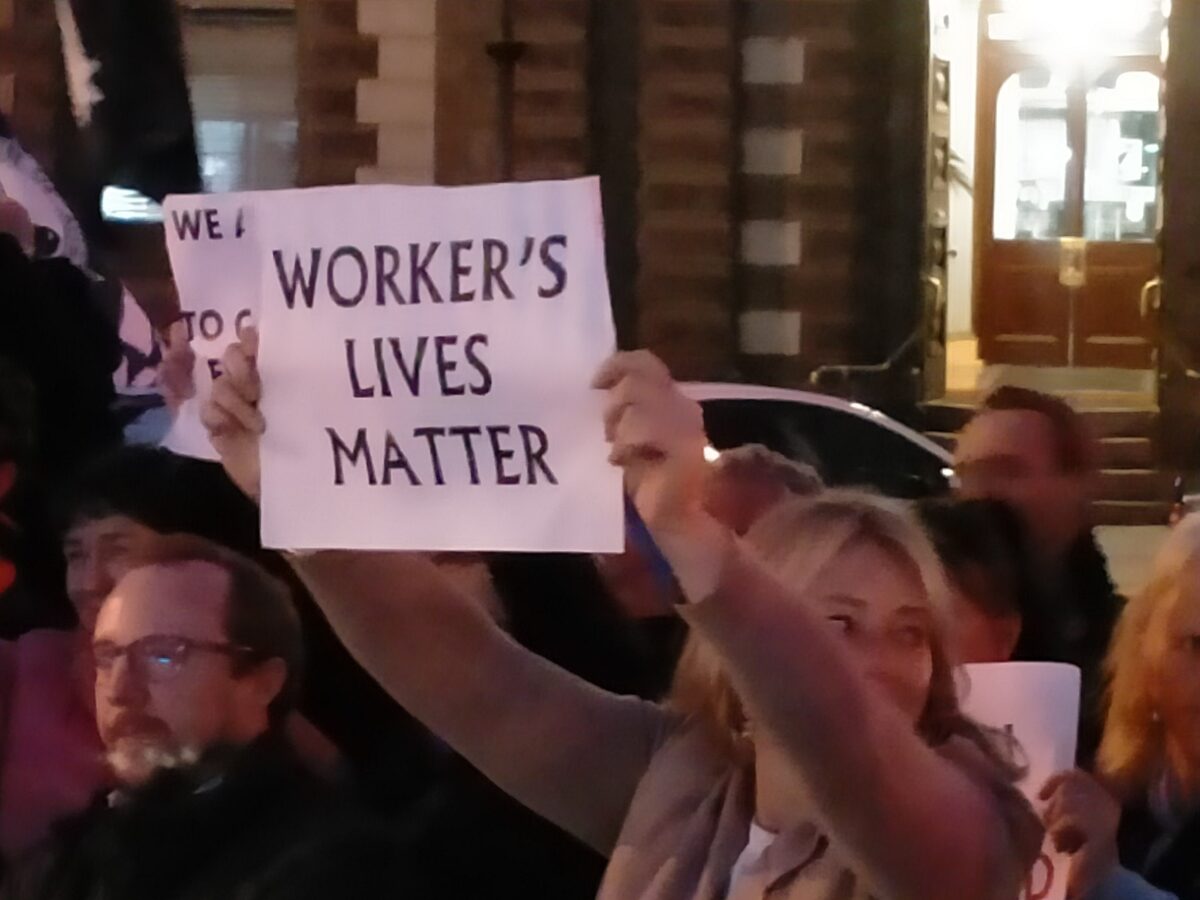“Jobs” is a term regularly used in election campaigns as creating jobs can provide wealth directly to those working and less directly to their employers. But rarely are “safe jobs” mentioned. The Victorian Premier Daniel Andrews mentioned “safe jobs” in his campaign speech for the election later this month. Perhaps more interesting is his pledge to put people before profit.
Andrews was speaking of his success in creating 600,000 jobs since he came to power eight years ago. He said:
“…..when we came to government, we promised we’d get Victoria back to work. Since then, we’ve created nearly 600,000 jobs. More than 300,000 since September 2020. But it’s not just jobs. We want them to be good, secure, safe jobs. It’s why we introduced Australia’s first-ever wage theft laws. And it’s why we made workplace manslaughter exactly what it is: a crime. But when it comes to making Victoria stronger, safer and fairer, our work is far from over.”







